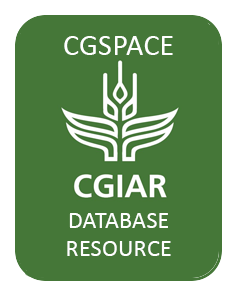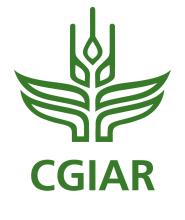Resource information
Flood management is adopting a more risk-based approach, whereby flood risk is the product of the probability and consequences of flooding. Two-dimensional flood inundation modeling is a widely used tool to aid flood-risk management. The aim of this study is to develop a flood inundation model that uses historical flow data to produce flood-risk maps, which will help to identify flood protection measures in the rural areas of Sri Lanka. The LISFLOOD-FP model was developed at the basin scale using available historical data, and also through coupling with a hydrological modelling system, to map the inundation extent and depth. Results from the flood inundation model were evaluated using Synthetic Aperture Radar (SAR) images to assess product accuracy. The impacts of flooding on agriculture and livelihoods were analyzed to assess the flood risks. It was identified that most of the areas under paddy cultivation that were located near the middle and downstream part of the river basin are more susceptible to flood risks. This paper also proposes potential countermeasures for future natural disasters to prevent and mitigate possible damages.


